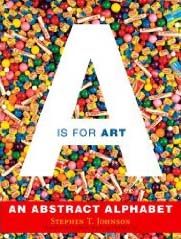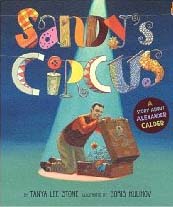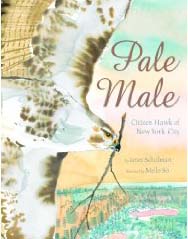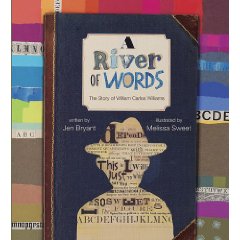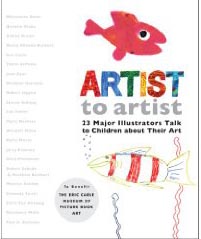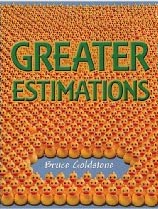Review of Wise Guy, by M. D. Usher
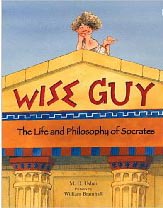 Wise Guy
Wise Guy
The Life and Philosophy of Socrates
by M. D. Usher
Pictures by William Bramhall
Farrar Straus Giroux, New York, 2005. 36 pages.
I find it rather amazing that M. D. Usher was able to write an accessible picture book biography of Socrates, based entirely on ancient sources (as the endnote declares).
The book tells an entertaining, vividly illustrated story, with sidenotes on scrolls that simply and clearly explain details of Socrates’ life and philosophy. I especially like the pictures of Socrates dancing. We’re told he loved to party.
Here’s an example of one of the sidenotes:
“What is an idea? Is it a thing you can smell, taste, or touch? If not, is it any less real than a bed or table? What is the difference between the idea of a bed and the bed itself? Socrates argued that the carpenter must have an idea or image of a bed in his mind before he can go about building one. But where does this idea come from in the first place? Socrates seems to have believed that objects in our world have an invisible, eternal blueprint to which they correspond. The eternal blueprint of a bed may not seem so very interesting, but Socrates applied the idea to larger concepts, like right and wrong and good and bad. Just as a carpenter with vast knowledge and experience can make a good bed, and in turn be a good carpenter, a person who has studied the blueprint of right and wrong can be a good person.”
This isn’t a book that students will seek out for reports, but it’s an entertaining picture book biography with surprisingly intriguing ideas. Reading this book gave me the idea of making a display at the library of picture book biographies — as a group they are underappreciated and hidden away in the more “serious” biographies. But they make intriguing reading, are highly educational, and give you an inspirational look at the lives of some truly great people.
Find this review on Sonderbooks at: www.sonderbooks.com/Childrens_Nonfiction/wise_guy.html
